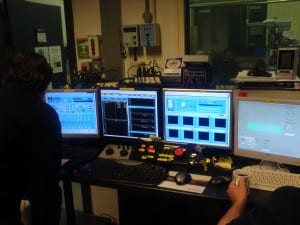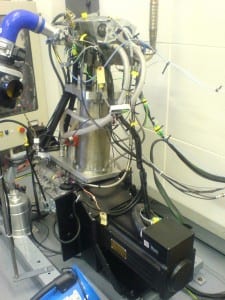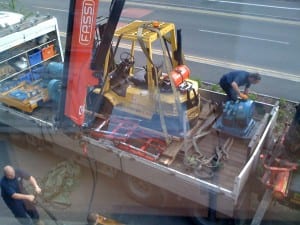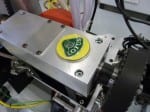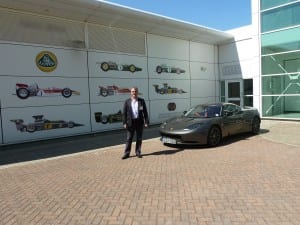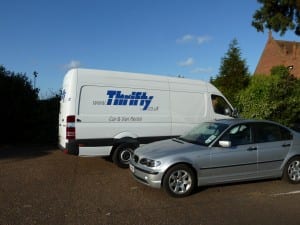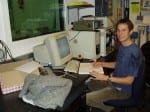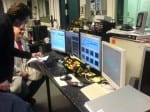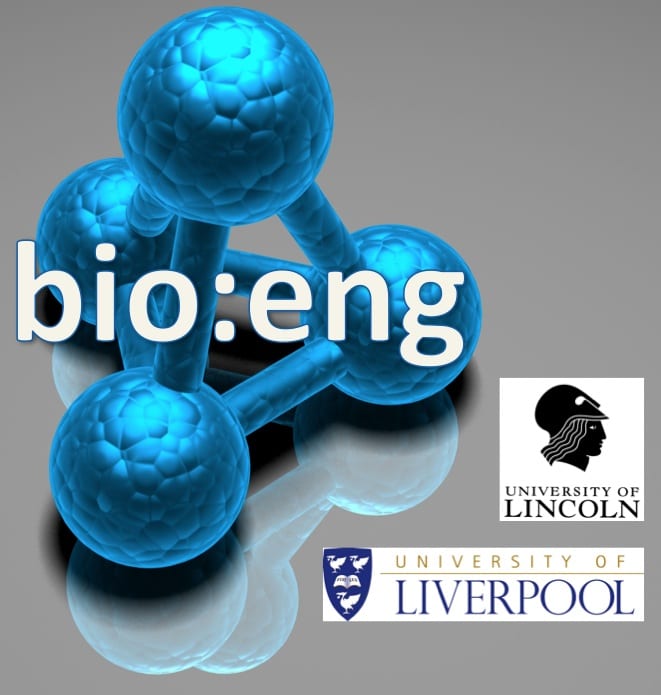 ICMAT – The International Conference on Materials for Advanced Technologies will be held at Suntec in Singapore from 26th June to the 1st July 2011.
ICMAT – The International Conference on Materials for Advanced Technologies will be held at Suntec in Singapore from 26th June to the 1st July 2011.
The conference attracts more than 2000 delegates, including plenary lectures from many Nobel Prizewinners. It is organised by the Materials Research Society of Singapore, and is affiliated to the International Union of Materials Research Societies (IUMRS)
Lincoln University will be represented by members of the School of Engineering, and will feature some of the Interdisciplinary work on BioInformatics currently being performed by Prof Paul Stewart in collaboration with Prof Dave Fernig of the University of Liverpool.
Also representing Lincoln will be Dr Colin Dowding of the School of Engineering who will be presenting on Laser Materials Processing for BioMimetics.
Profs Stewart and Fernig will be presenting in:
Symposium: Frontiers in Optical Bio-imaging and Microscopy
The symposium includes cutting edge methodologies in optical, spectroscopic and kinetic imaging microscopy. The methodologies include novel probe techniques as well as novel microscopies. The imaging and spectroscopic methods that will be showcased will be already or could very soon be applied to biological imaging. Imaging methods include: refractive index change, interferometry, tomography (OCT), lifetime imaging, spectral imaging, TERS, SERS, photothermal imaging, STED, PALM, STORM and FIONA, fluorescence plus others.
- Fernig D.G. and Stewart P.“Heparan sulfate determines the modes of diffusion of fibroblast growth factor 2 within the pericellular matrix”
- Stewart P. and Fernig D.G. ‘Bio:Eng, Bridging the gaps between engineering and biology’
Dr Dowding and Prof Stewart will be presenting in:
Symposium: Nanoscale Patterning, Assembly, and Surface Modification
- Dowding, Colin and Lawrence, Jonathan and Stewart Paul “Topography of features machined into bisphenol A polycarbonate using closed thick film flowing filtered water immersed KrF excimer laser ablation”.
More information on the conference can be found at:
